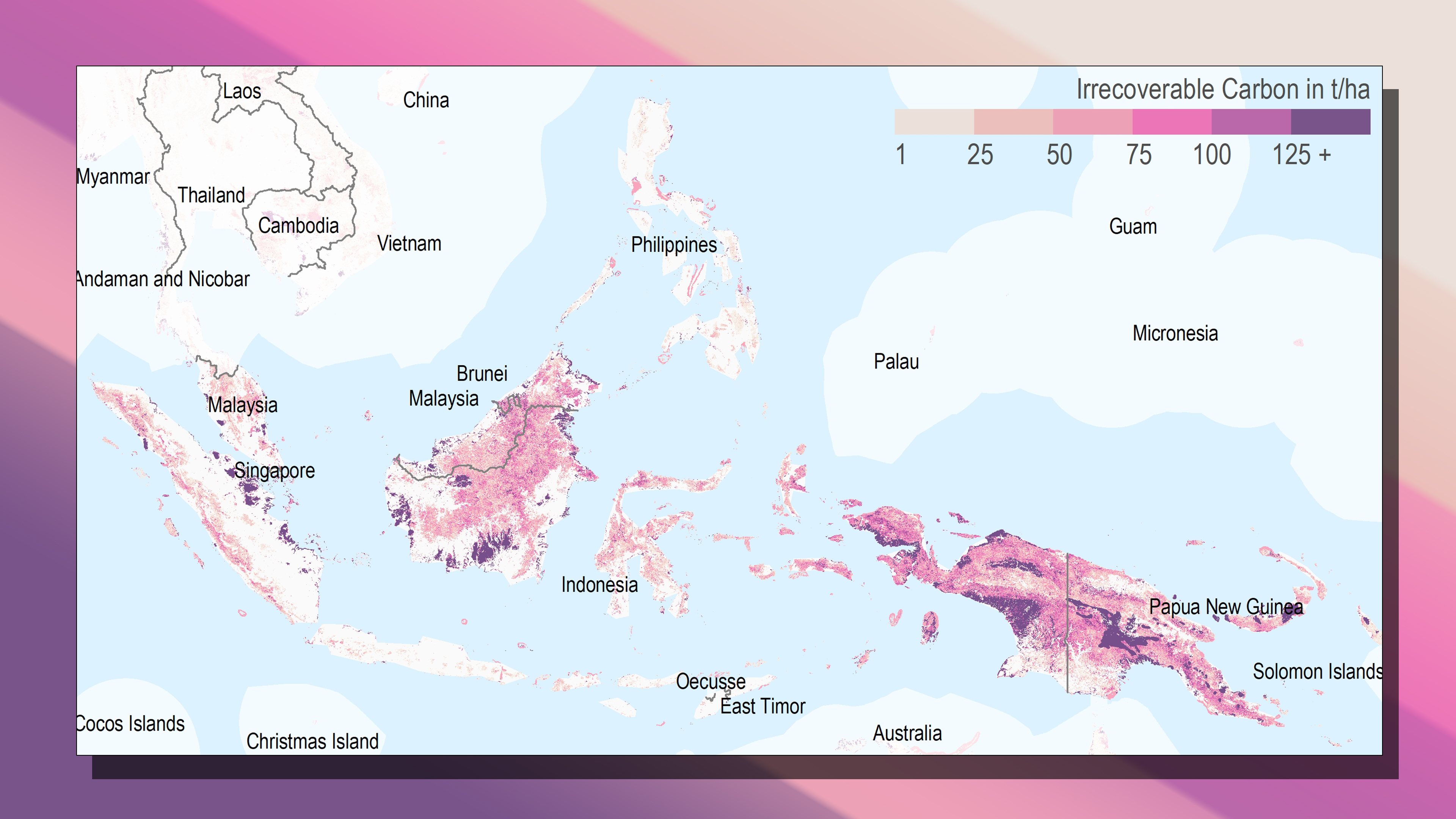‘Irrevocable’ carbon banks – we’re talking tropical forests, mangroves, peatlands, and other natural areas – store massive amounts of greenhouse gases. Which areas are currently most vulnerable to spilling over?
The term ‘irrevocable’ is often used to describe natural carbon banks.
This is because they sequester so much carbon that if it were to start being released – due to deforestation, wildfires, and logging – it wouldn’t be possible to recapture it by the mid-century.
You probably won’t need reminding at this stage that 2050 marks our global deadline for the Paris Agreement, by which point we’re expected to hit net zero emissions and stay below 1.5C global warming compared to pre-industrial levels.
With that goal fresh in our minds from the crunch talks in Glasgow, a natural preservation company called Conservation International has mapped out the key areas that need the most protection, and would spell instant failure were they to perish in the coming years.

Storing roughly 15 times more carbon than was released by the fossil fuel industry last year, it turns out most such emissions are concentrated within relatively small areas. Scientists used cloud computing to find the most vulnerable regions, containing 75% of all irrevocable carbon while covering just 14% of Earth’s land.
You can scroll through the interactive map yourself here.
Eagle-eyed viewers may question why the Arctic and its constantly melting permafrost isn’t on the map. That’s because Conservation International chief Allie Goldstein wanted to focus on ecosystems ‘where people can manage whether that carbon is conserved or released into the atmosphere.’ It helps to heighten the sense of accountability.





















